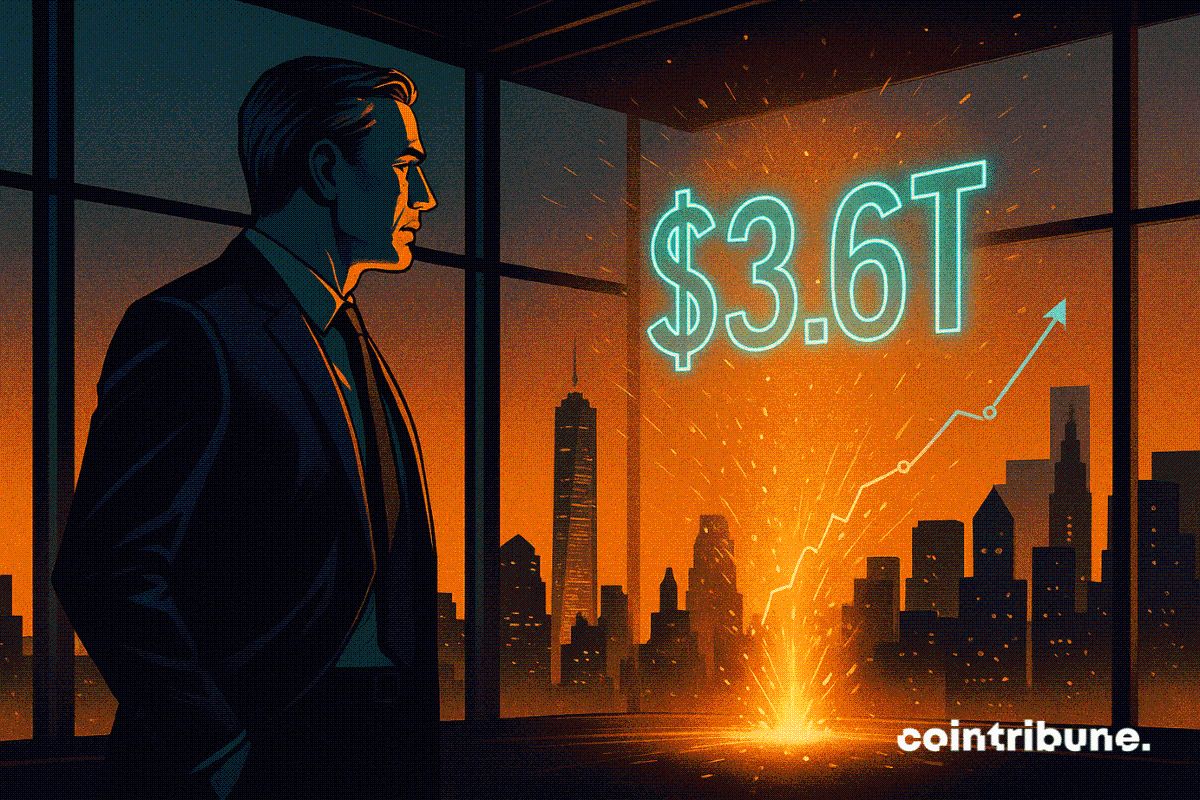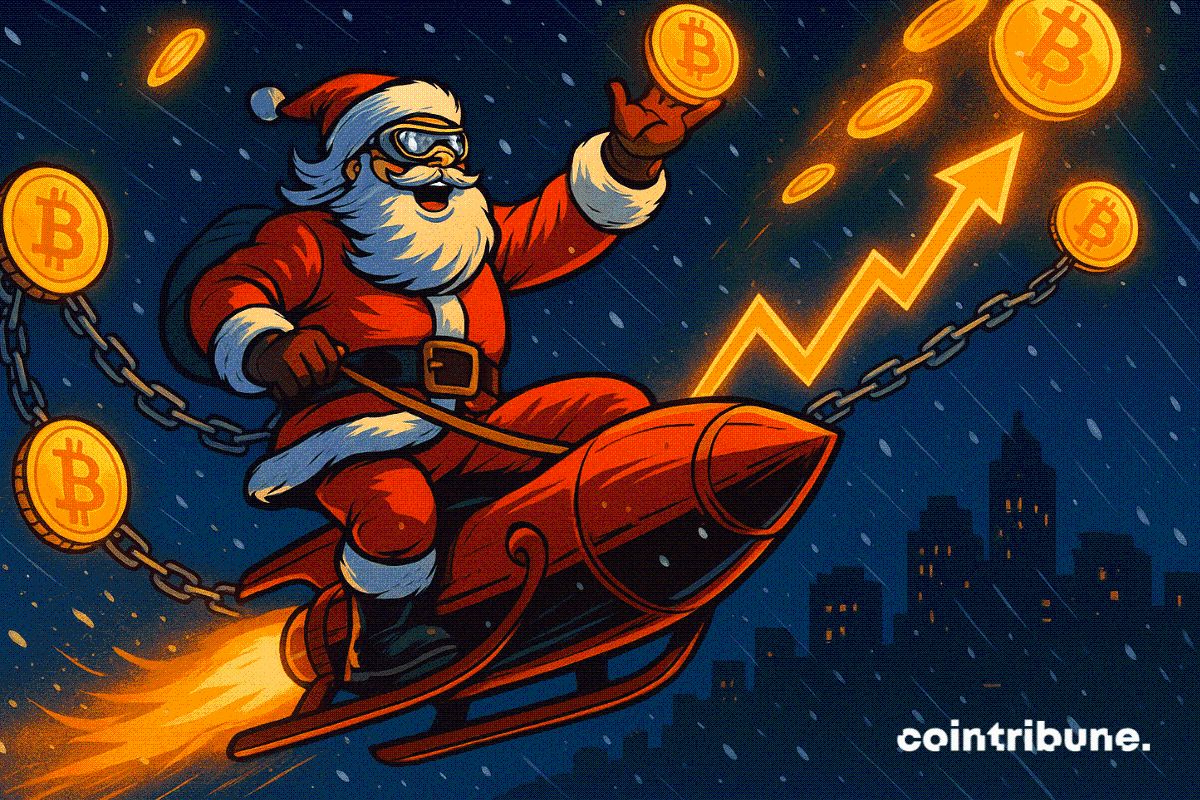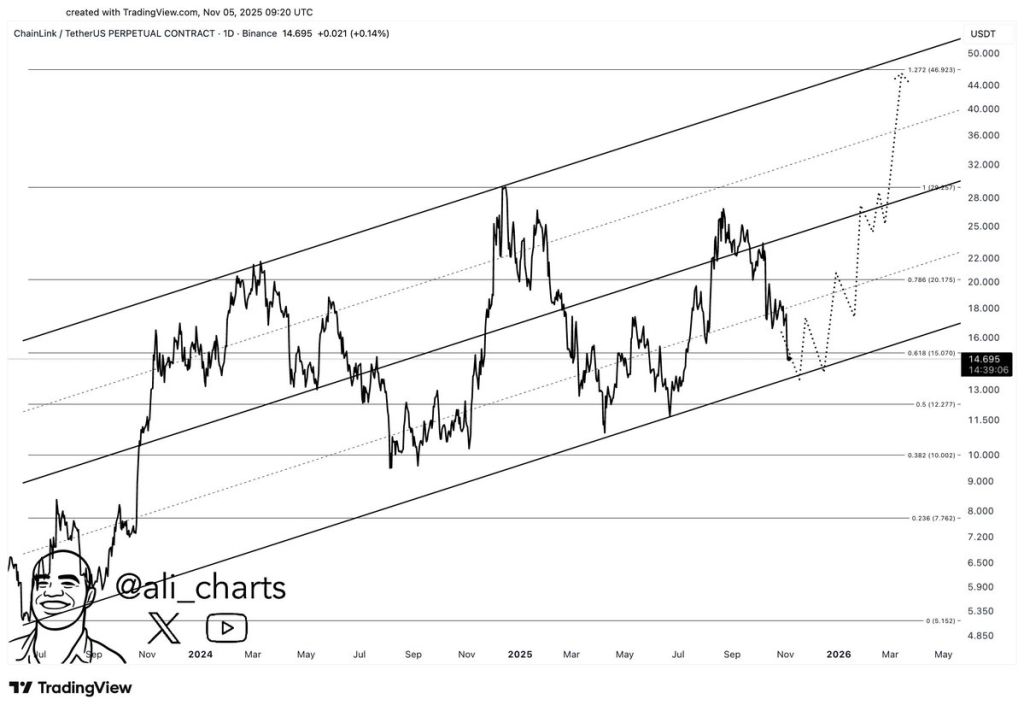UNI’s Biggest Upgrade Ever: Protocol Fee Activation, Full Deflation, L2 Revenue, and a New Era of Value Capture
Original Source: KK.aWSB
This “UNI fication” upgrades Uniswap’s business model from “a protocol that only does trading” to “a super liquidity hub that unifies trading volume, MEV, aggregation, and L2 revenue as deflationary drivers for the token.” UNI is shifting from a “weak value governance token” to a “strongly deflationary, strongly aligned value capture token.”
0) 3-Minute Quick Read
-
Enable protocol fees → all used to burn UNI: revenue is not distributed as dividends or sent to the treasury, but directly creates deflation.
-
Unichain Sequencer fees → burn UNI: L2 revenue is merged into the burn channel, tightly binding growth and deflation.
-
One-time burn of 100 million UNI: a retrospective compensatory burn for the historical “if protocol fees had been enabled,” improving efficiency by reducing supply.
-
PFDA (Protocol Fee Discount Auction): internalizes MEV revenue as protocol income → then burns UNI.
-
Aggregator Hooks: v4 natively aggregates external liquidity and charges external routing fees → then burns.
-
Labs “zero frontend fees” shift to protocol growth: interface/wallet/API stop charging, using free access to accelerate traffic and close the burn loop.
-
Organizational synergy: Foundation functions merged into Labs, a growth fund is established, with a single goal: grow the protocol, strengthen burning.
-
Unisocks: migrated to Unichain v4 and burns LP positions, highlighting the “chain migration → growth → burn” paradigm.
1) What business logic has this upgrade actually changed?
Uniswap in the past
-
Value source: only trade matching (AMM), no systematic value flow back to the token (concerned about regulatory risks of dividend-like designs).
-
Governance token UNI: weak value capture (has governance rights, no real anchored income).
Uniswap after this upgrade
-
Value source: diversified and “internalized” trading protocol fees (v2/v3/v4), Unichain (Sequencer fees), MEV internalization (PFDA), external liquidity aggregation fees (Aggregator Hooks)
-
Value flow method: all unified into the burn pool → deflation (not dividends, not treasury).
-
Governance token UNI: strong deflation + strong alignment (the more the protocol is used, the faster the chain grows, the more is burned).
Core change: from “more usage ≠ more value” to “more usage = more burn = more value.”
2) In-depth explanation of the eight major initiatives (What → Why → Impact)
2.1 Enable protocol fees and unify for burning
-
What: Protocol fees generated in v2/v3/v4 are all unified into the “burn channel,” not to be arbitrarily used elsewhere.
-
Why: Regulatory environment has improved; capturing token value via “burn not dividend.”
-
Impact: Establishes a “usage → revenue → burn → scarcity” flywheel, making UNI a strongly deflationary asset.
2.2 All Unichain Sequencer fees used for burning
-
What: L2 Sequencer fees are merged into burning.
-
Why: The growth of Uniswap’s own L2 should directly strengthen UNI’s value anchor.
-
Impact: UNI gains L2 revenue attributes; Unichain trading activity becomes a strong leading indicator for burning.
2.3 One-time retrospective burn of 100 million UNI
-
What: Burn 100M UNI directly from the treasury (roughly equal to the cumulative burn if fees had been enabled since 2020).
-
Why: “Retrospective compensation” to reset the supply curve and market expectations.
-
Impact: Immediate supply reduction, increased scarcity, and stronger market signaling (“value return” narrative).
2.4 PFDA: Protocol Fee Discount Auction, “protocolizing” MEV revenue
-
What: Sell “protocol fee discount rights” within a certain time window, auctioned by market makers/volume providers; auction proceeds go to the burn pool.
-
Why: Systematically recapture the portion of revenue previously taken by MEV at the protocol layer.
-
Impact: 1) Improves LP experience (reduces uncompensated extraction); 2) Stabilizes trading quality; 3) Expands burn sources.
2.5 Aggregator Hooks: v4 native aggregator & charges for external liquidity
-
What: Charge protocol fees for trades routed to external pools/external DEXs.
-
Why: Uniswap is not just an AMM, but also aims to be an “on-chain matching + aggregation routing center.”
-
Impact: Monetizes the “routing value” of external liquidity → burns it, building a moat as the “cross-chain liquidity hub.”
2.6 Labs stops charging frontend/wallet/API fees, shifts to protocol growth
-
What: Interface, wallet, API all free; Labs only does things that benefit protocol growth (contractually bound).
-
Why: Accelerate user acquisition and retention with “zero frontend fees,” channeling commercial momentum “up” to the protocol (i.e., burning).
-
Impact: More traffic & trades → more protocol fees → more burning; improves goodwill among developers and users.
2.7 Organizational restructuring: Foundation → Labs, establish growth fund
-
What: Staff integration, unified goals, funds used for “growth-first” projects and incentives.
-
Why: Reduce governance friction and duplicate investment, improve pace and execution.
-
Impact: Clear KPIs: grow trading volume, grow Unichain, grow PFDA, grow aggregator → grow burning.
2.8 Unisocks: migrate to Unichain v4 and burn LP positions
-
What: Migrate governance-owned Unisocks liquidity to the new chain and burn LPs.
-
Why: Drive traffic to Unichain, while symbolically demonstrating the “chain migration → growth → burn” paradigm.
-
Impact: Sets an example, encourages more assets/communities to migrate to Unichain (L2 revenue and ecosystem synergy).
3) How does the “deflationary flywheel” actually work?
Trading activity (internal v2/v3/v4 + external aggregation)
→ Generates protocol fees → unified revenue pool (including Unichain Sequencer, PFDA auctions)
→ Firepit/burn channel → UNI supply decreases (one-time 100 million + ongoing burning)
→ Scarcity↑ / price anchoring↑ → more developers/LPs/market makers join → more trading volume … (positive feedback)
Intuitive understanding: The “burn logic” of Ethereum’s EIP-1559 is being replicated and extended to multi-source revenue scenarios for DEX + L2 + aggregator + MEV.
4) What does this mean for key participants?
For LPs (liquidity providers)
-
Expect a healthier market-making environment (MEV internalization and PFDA improve the “being extracted from” experience).
-
After protocol fees are enabled, closely monitor changes in actual returns due to LP/protocol fee allocation structure and pool type choices (different fee layer strategies will diverge).
For traders
-
Interface and wallet are free, routing is smarter (v4 hooks + aggregation), better trade depth, smaller slippage.
-
Volume providers/market makers participating in PFDA can optimize their own costs within compliance.
For developers/project teams
-
Uniswap v4’s programmability + aggregation capability opens up more product forms (custom hooks, strategy pools).
-
Based on Unichain’s lower costs + native ecosystem traffic, build surrounding protocols like “strategy/routing/market making/insurance/risk control.”For competitors (1inch/Matcha/CowSwap/Sushi/Curve, etc.)
-
Aggregators: Uniswap has internalized your core business (the “commission” from external routing).
-
AMMs: With the stacking of protocol fees + burning + L2 revenue, Uniswap’s “network effect” is stronger, reinforcing its status as the “default entry point” for assets and trading pairs.
5) Quantitative intuition: several burning scenarios under “simplified assumptions” (illustrative)
The following is purely illustrative (not a prediction), to help understand the mechanism of quantitative → qualitative change:
-
Annualized trading volume $1.8T (as in the tweet), assume average comprehensive protocol fee x bps (basis points).
-
Annual “protocol revenue” ≈ $1.8T × x bps.
-
If there is y% additional revenue (Unichain Sequencer, PFDA, aggregator), then the total burn base ≈ protocol revenue × (1 + y%).
-
If circulating market cap is M, then annualized burn rate ≈ (total burn base / M).
-
Intuition: Every 1 bps increase in x, or every 10% increase in y incremental revenue, could result in a significant step up in the annualized burn rate.Takeaway: Compared to “just adjusting protocol fee rates,”growing Unichain activity, strengthening PFDA, and deepening the aggregatormay have a more sustainable pull on the “total burn rate.”
6) Risks and uncertainties
-
Fee rates and parameter details: How to set and dynamically adjust fee rates for different pool types and chains, which affects the balance between LP returns and trading depth.
-
Implementation pace/technical complexity: v4 hooks, PFDA, and cross-chain aggregation bring engineering and security challenges (require strict audits and risk control).
-
Regulatory changes: Although the current window has improved, cross-border/interstate regulatory differences may still cause policy disruptions.
-
Competition and diversion: “Fee wars/liquidity wars” with AMMs on other chains, order book DEXs, and centralized exchanges will still occur.
-
Governance consistency and execution: While a single KPI after organizational merger is positive, it is still necessary to avoid misalignment between “growth and security” goals.
Summary: This is not a “feature update,” but a “business model reconstruction”
-
Uniswap has internalized and combined AMM, aggregator, L2, and MEV into a unified value capture engine;
-
UNI is no longer just a “governance token + narrative,” but a factual value anchor of “governance + deflationary burning”;
-
All growth efforts (free frontend, organizational merger, growth fund) serve “more burning.”
-
From today, every increment in Uniswap’s trading volume is more like paying for UNI’s scarcity.
Disclaimer: The content of this article solely reflects the author's opinion and does not represent the platform in any capacity. This article is not intended to serve as a reference for making investment decisions.
You may also like
Zero flow to Bitcoin ETFs: The market sulks despite a favorable context

Bitcoin Eyes Year-End ‘Santa Claus Rally’ After October Setbacks

SOL Price Prediction 2025: Is Solana Heading Toward a Deeper Correction Before 2025?

Chainlink Price Prediction 2025: Is LINK Positioned to Gain Most from Tokenization Growth?

